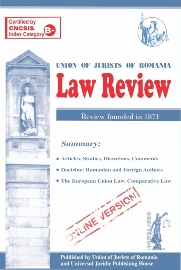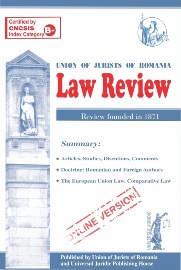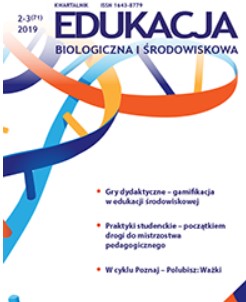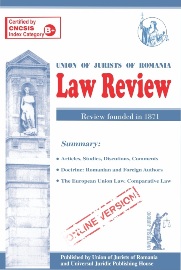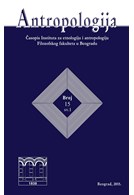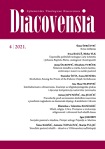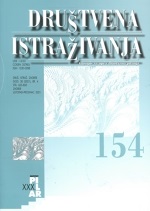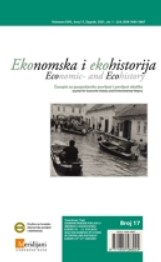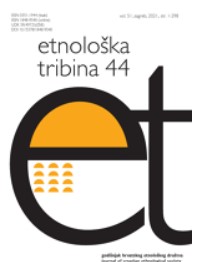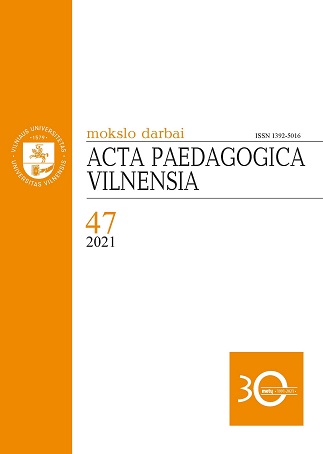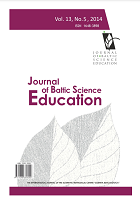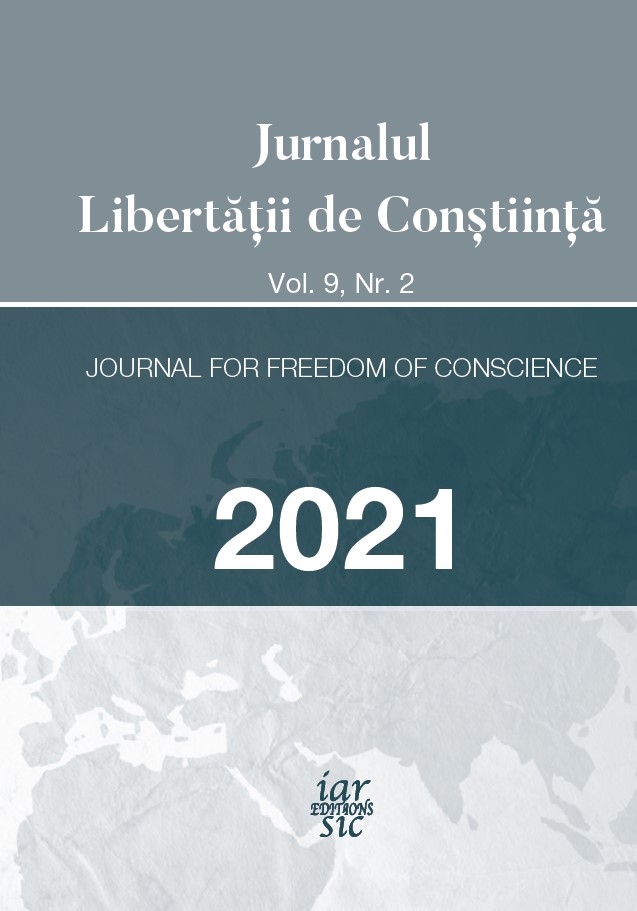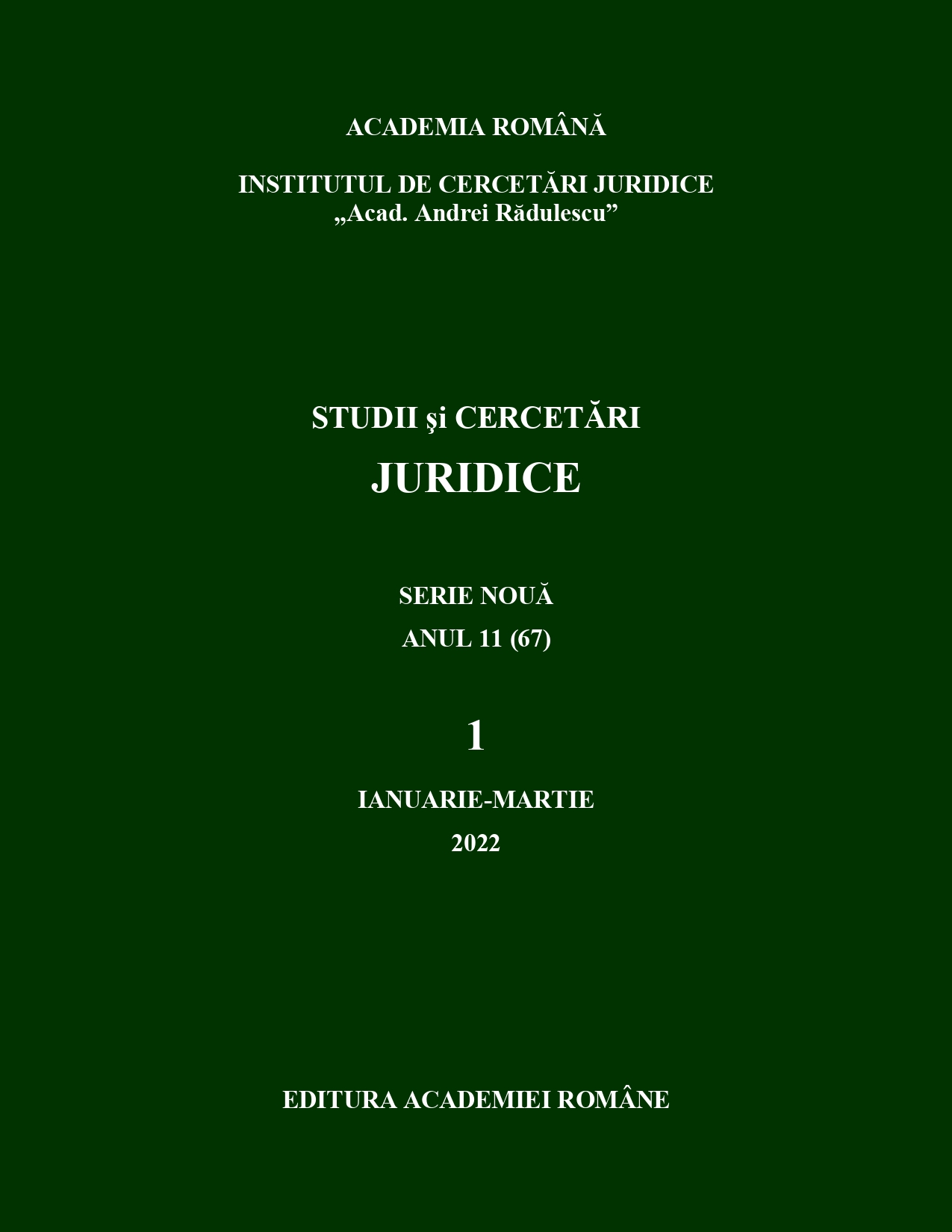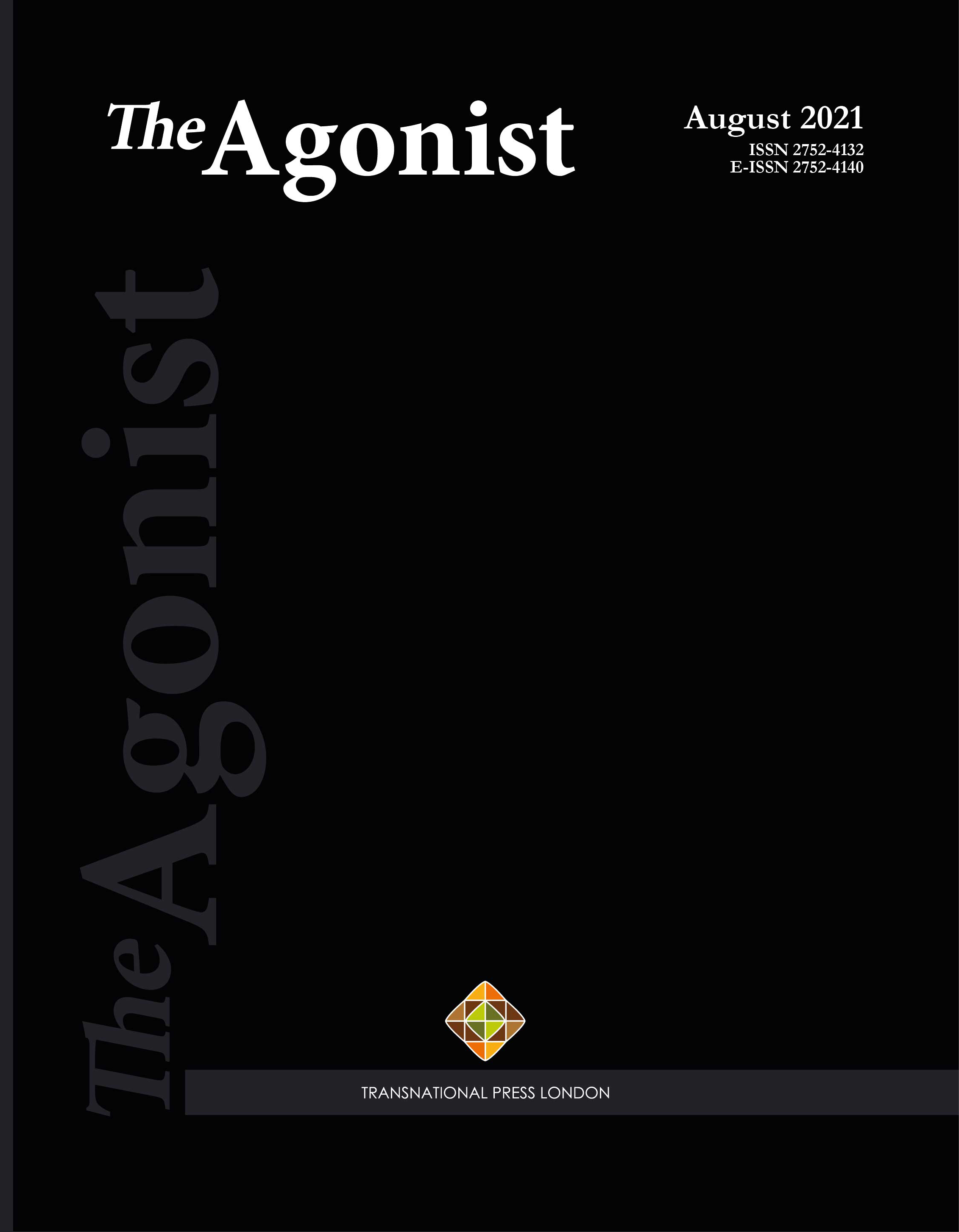
Seeking Nietzsche’s Great Tree of Humanity: The Overhuman and Powers’s The Overstory
This essay reconstructs Nietzsche’s ecological and environmental thought by focusing on his idea of the human-earth (Menschen-Erde) and his deep concern for the natural world. It then articulates these thoughts in a coordinate reading of Richard Powers’s environmentally focused novel The Overstory (2019). Nietzsche understands that the human position on the Earth is precarious and that we are in danger of injuring our fragile environmental surround. I attempt to clarify the contemporary relevance of this thought by showing how his diagnosis chimes with current ecological thinking. Nietzsche saw not only dangers but opportunities in the relation of humans to their environment. His writings as well as his daily life exhibit intense interest in trees and forests. He foresaw that too much forest clearing could endanger the climate, leading to excessive warming. Nietzsche also imagined that the humans might foster a “great tree of humanity” (WS 188-89), a green expansion of their environment, and Zarathustra anticipates living in the world as a garden (Z “The Convalescent”). Richard Powers’s The Overstory speaks to a time that is much more deeply informed about our precarious ecological situation. The novelist dramatizes this in a narrative that brings together a number of disparate individuals, drawn to defend an old-growth US West Coast forest from the state-supported depradations of industrial logging. These figures learn about “the secret life of trees,” their mutual dependence and communication, as they experiment with a new life high among the branches. Their different fates pose a variety of questions relevant to Nietzsche’s ideas for a transvalued Earth.
More...
